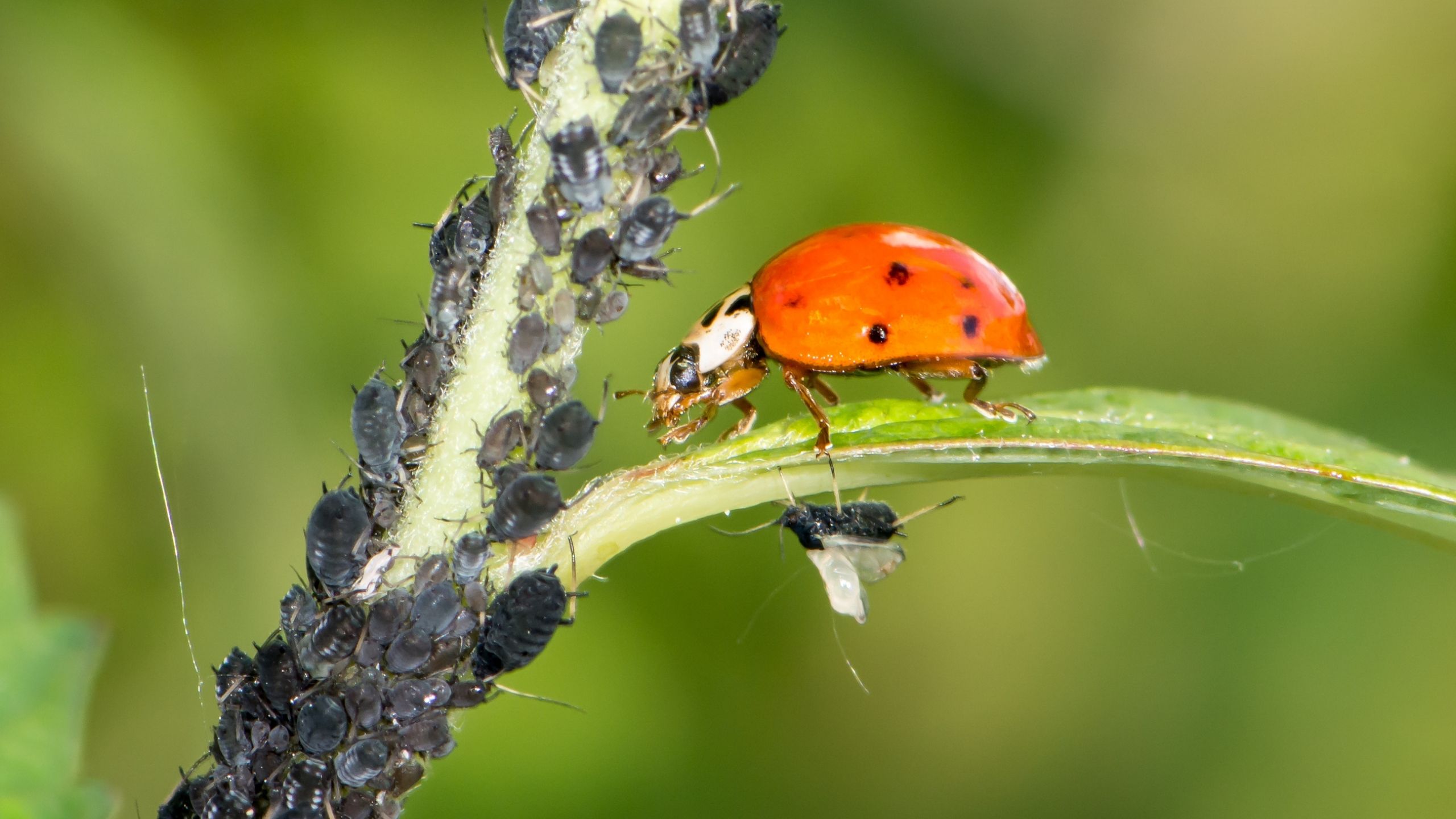
Biocontrol is a fascinating method used to manage pests by leveraging natural predators, parasites, or pathogens. But what exactly makes it so effective? Biocontrol offers an eco-friendly alternative to chemical pesticides, reducing harmful impacts on the environment and human health. Imagine a garden where ladybugs feast on aphids, keeping your plants safe without synthetic chemicals. This method has been around for centuries, yet many people are unaware of its benefits and applications. From controlling invasive species to protecting crops, biocontrol plays a crucial role in sustainable agriculture. Ready to learn more? Here are 34 intriguing facts about biocontrol that will change how you think about pest management.
What is Biocontrol?
Biocontrol, short for biological control, uses living organisms to manage pests. This eco-friendly method reduces reliance on chemical pesticides, promoting a healthier environment. Here are some fascinating facts about biocontrol.
-
Biocontrol agents include predators, parasites, and pathogens. These organisms naturally regulate pest populations.
-
Ladybugs are popular biocontrol agents. They feast on aphids, protecting plants from damage.
-
Bacillus thuringiensis (Bt) is a widely used biocontrol bacterium. It produces toxins harmful to certain insects but safe for humans and animals.
-
Biocontrol can target specific pests. Unlike chemical pesticides, biocontrol agents often affect only their intended targets.
-
Biocontrol has ancient roots. The Chinese used ants to control pests in citrus orchards over 1,200 years ago.
Benefits of Biocontrol
Biocontrol offers numerous advantages over traditional pest management methods. Let's explore some key benefits.
-
Reduces chemical pesticide use. This minimizes environmental pollution and health risks.
-
Promotes biodiversity. Biocontrol agents help maintain a balanced ecosystem.
-
Cost-effective in the long run. Though initial costs may be higher, biocontrol can save money by reducing pesticide use and crop damage.
-
Improves soil health. Chemical pesticides can harm soil organisms, while biocontrol supports a healthy soil ecosystem.
-
Enhances crop quality. Fewer chemicals mean healthier, more marketable produce.
Types of Biocontrol Agents
Various organisms serve as biocontrol agents. Here are some examples.
-
Predatory insects. Ladybugs, lacewings, and predatory beetles consume pests like aphids and caterpillars.
-
Parasitic wasps. These tiny wasps lay eggs inside or on pests, eventually killing them.
-
Nematodes. These microscopic worms infect and kill soil-dwelling pests.
-
Fungi. Certain fungi infect and kill insects, such as the Beauveria bassiana fungus.
-
Viruses. Some viruses specifically target and kill insect pests, like the nuclear polyhedrosis virus.
Challenges in Biocontrol
Despite its benefits, biocontrol faces some challenges. Here are a few.
-
Slow action. Biocontrol agents may take longer to reduce pest populations compared to chemical pesticides.
-
Environmental dependency. Factors like temperature and humidity can affect biocontrol agent effectiveness.
-
Potential non-target effects. Some biocontrol agents might impact non-target species.
-
Resistance development. Pests can develop resistance to biocontrol agents, similar to chemical pesticides.
-
Regulatory hurdles. Approval processes for biocontrol agents can be lengthy and complex.
Success Stories in Biocontrol
Biocontrol has achieved remarkable success in various settings. Here are some notable examples.
-
California citrus orchards. The vedalia beetle controlled cottony cushion scale, saving the citrus industry in the late 1800s.
-
Cassava crops in Africa. The introduction of parasitic wasps controlled the cassava mealybug, preventing widespread crop loss.
-
Greenhouses in Europe. Predatory mites effectively manage spider mites, reducing the need for chemical pesticides.
-
Australian sugarcane fields. Cane toads were introduced to control cane beetles, though this had unintended consequences.
-
Rice fields in Asia. Ducks are used to eat pests and weeds, reducing the need for chemical inputs.
Future of Biocontrol
The future of biocontrol looks promising with ongoing research and innovation. Here are some exciting developments.
-
Genetic engineering. Scientists are developing genetically modified biocontrol agents with enhanced effectiveness.
-
Microbial consortia. Combining multiple microorganisms can improve pest control and reduce resistance development.
-
RNA interference (RNAi). This technology can silence specific pest genes, providing a new biocontrol method.
-
Artificial intelligence (AI). AI can optimize biocontrol strategies by predicting pest outbreaks and identifying effective agents.
-
Integrated Pest Management (IPM). Combining biocontrol with other pest management techniques creates a more sustainable approach.
Interesting Facts about Biocontrol
Biocontrol is full of intriguing details. Here are some lesser-known facts.
-
Biocontrol can be used in urban settings. Ladybugs and predatory mites help manage pests in gardens and parks.
-
Biocontrol agents can be mass-produced. Companies rear and sell biocontrol agents for agricultural use.
-
Biocontrol is used in forestry. Parasitic wasps control pests like the gypsy moth, protecting forests.
-
Biocontrol can reduce invasive species. Introducing natural enemies helps manage invasive pests, restoring ecosystem balance.
The Power of Biocontrol
Biocontrol offers a sustainable way to manage pests without harming the environment. By using natural predators, parasites, or pathogens, farmers can reduce reliance on chemical pesticides. This method not only protects crops but also promotes biodiversity. It's a win-win for both agriculture and nature.
Understanding biocontrol helps us appreciate the balance in ecosystems. It shows how interconnected everything is and why preserving natural habitats is crucial. With ongoing research, biocontrol methods continue to improve, offering even more effective solutions.
Adopting biocontrol practices can lead to healthier crops and a healthier planet. It's a step towards more sustainable farming and a brighter future for everyone. So next time you think about pest control, remember the power of nature's own solutions. Embrace biocontrol and contribute to a greener world.
Was this page helpful?
Our commitment to delivering trustworthy and engaging content is at the heart of what we do. Each fact on our site is contributed by real users like you, bringing a wealth of diverse insights and information. To ensure the highest standards of accuracy and reliability, our dedicated editors meticulously review each submission. This process guarantees that the facts we share are not only fascinating but also credible. Trust in our commitment to quality and authenticity as you explore and learn with us.
